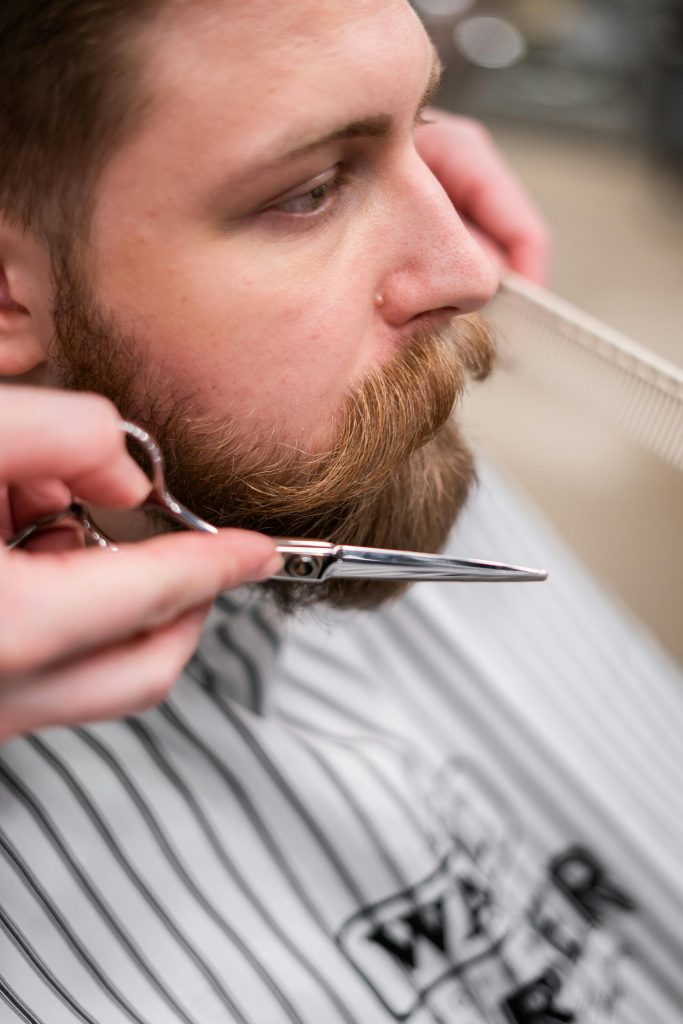
Beard care is not just about appearances—it’s an essential part of personal hygiene and self-care.
For home users, maintaining a healthy beard can help prevent issues like skin irritation, dandruff, and uneven growth. A well-groomed beard not only enhances your look but also boosts confidence and leaves a lasting impression. With the right tools and techniques, achieving a perfectly groomed beard is easy and satisfying, transforming your daily routine into a rewarding self-care ritual. So, why wait? Dive into the world of beard care and experience the benefits of looking and feeling your best right from the comfort of your home.
Your Beard Care Routine
Before diving into the steps of effective beard care, it’s important to recognize that maintaining a healthy beard is a rewarding experience that can be easily managed at home. Just as we care for our daily routines like bread care, taking time for beard care ensures that you not only look your best but also feel great. By following a few simple steps, you can achieve a well-groomed and healthy beard right from the comfort of your home.
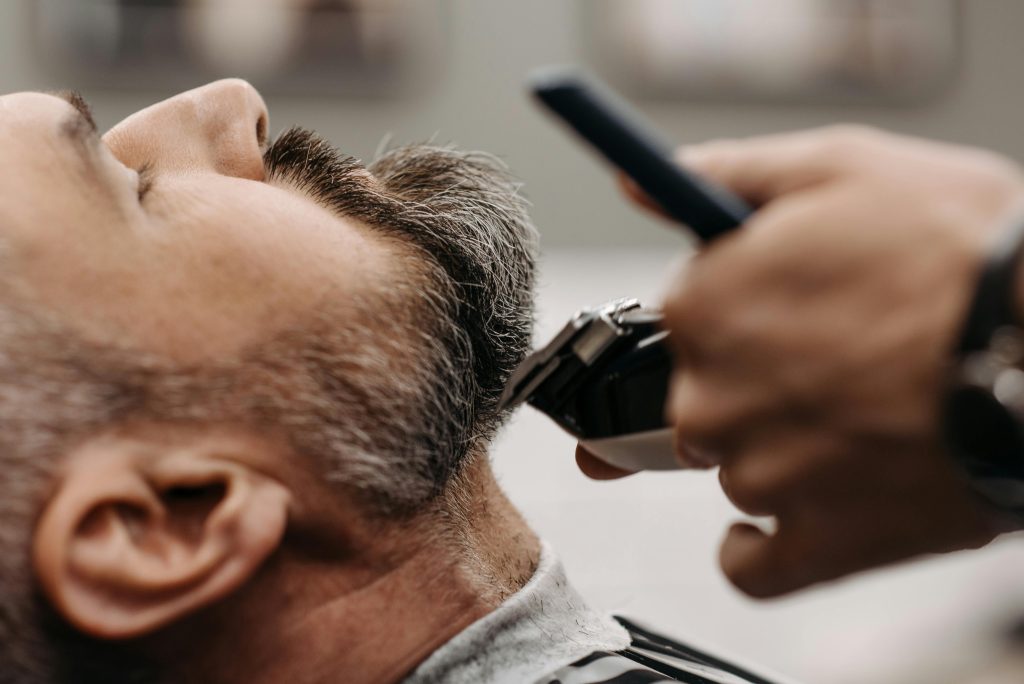
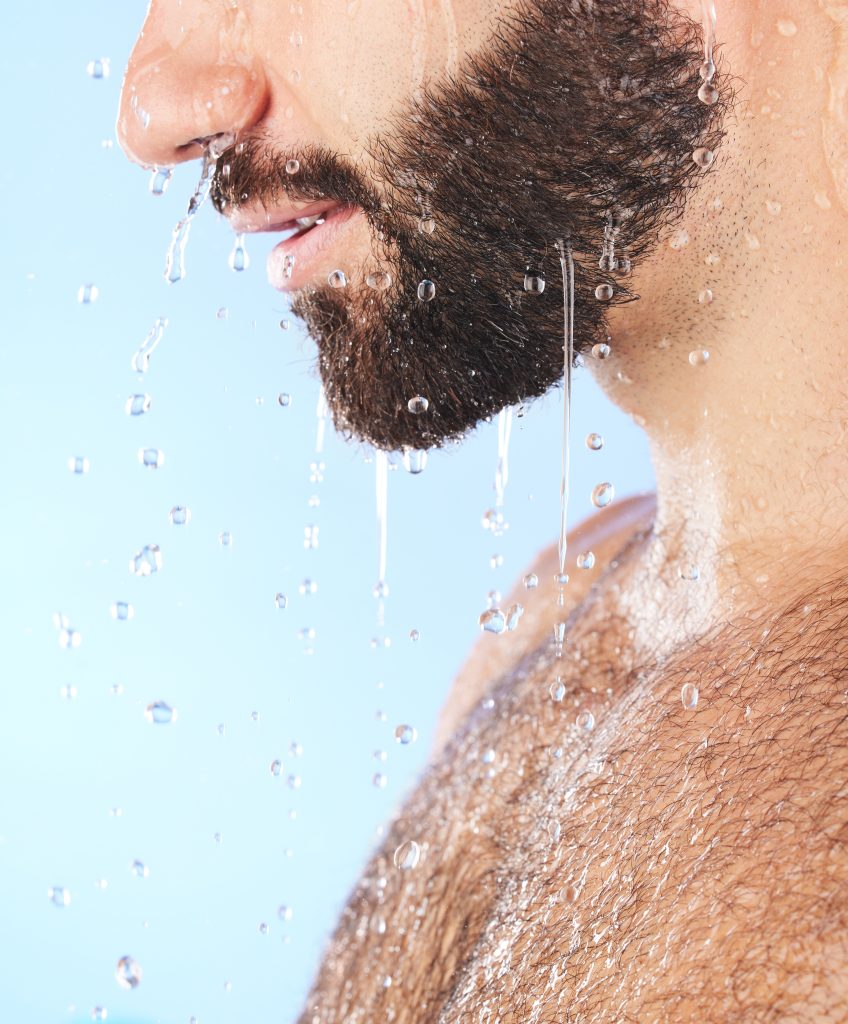
Step 1: Washing Your Beard
It’s important to wash your beard 2-3 times a week to keep it clean and free from dirt and excess oils without stripping away its natural moisture. When choosing products, opt for beard-specific shampoos and conditioners that are formulated to be gentle yet effective. Regular hair products can be too harsh for facial hair and the skin underneath.
Here are some steps to follow:
- Wet your beard thoroughly with warm water.
- Apply a small amount of shampoo, lather it up, and massage it into your beard and the skin beneath.
- Rinse thoroughly, making sure all the product is washed out to prevent buildup.
- Follow up with a conditioner, leave it in for a few minutes, and then rinse it out completely.
Step 2: Conditioning Your Beard
Conditioning your beard is another essential step for maintaining its health and softness. It helps to moisturize the hair and skin, preventing dryness and itchiness. Additionally, conditioning makes your beard more manageable and less prone to tangles and split ends.
There are two main types of conditioners: leave-in and rinse-out. Leave-in conditioners are applied and left in the beard to provide ongoing moisture and protection, while rinse-out conditioners are applied after washing and then rinsed out after a few minutes.
Here’s how to apply conditioner:
- Choose the right type of conditioner for your needs (leave-in or rinse-out).
- After washing your beard, apply the conditioner evenly throughout your beard.
- For rinse-out conditioners, leave it in for the recommended time, usually a few minutes.
- Rinse thoroughly with warm water.
- For leave-in conditioners, simply apply and leave it in without rinsing.
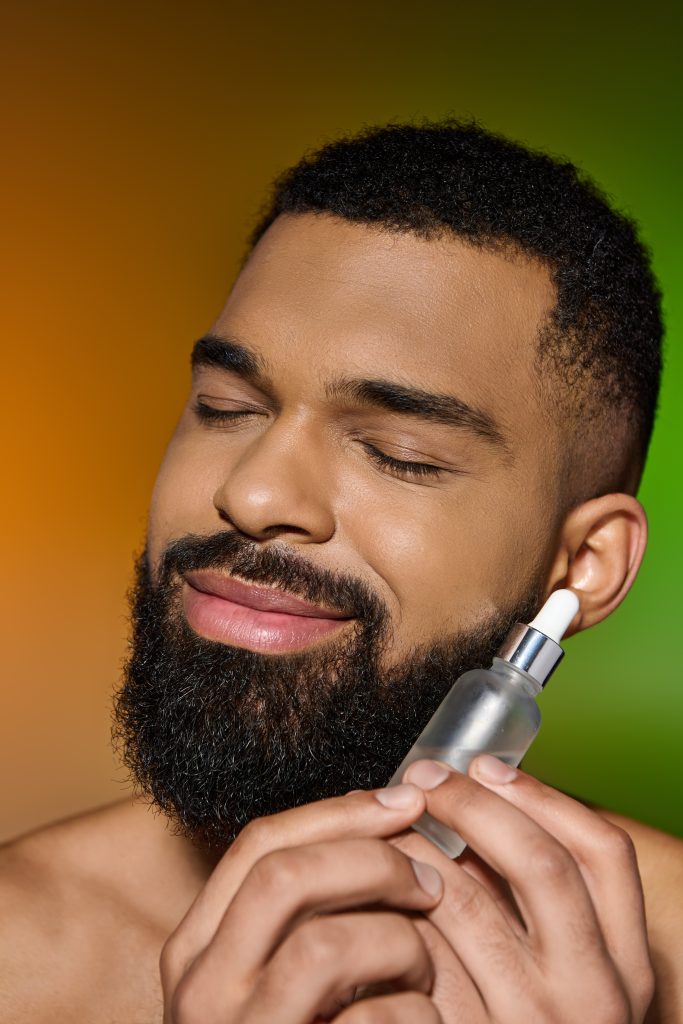
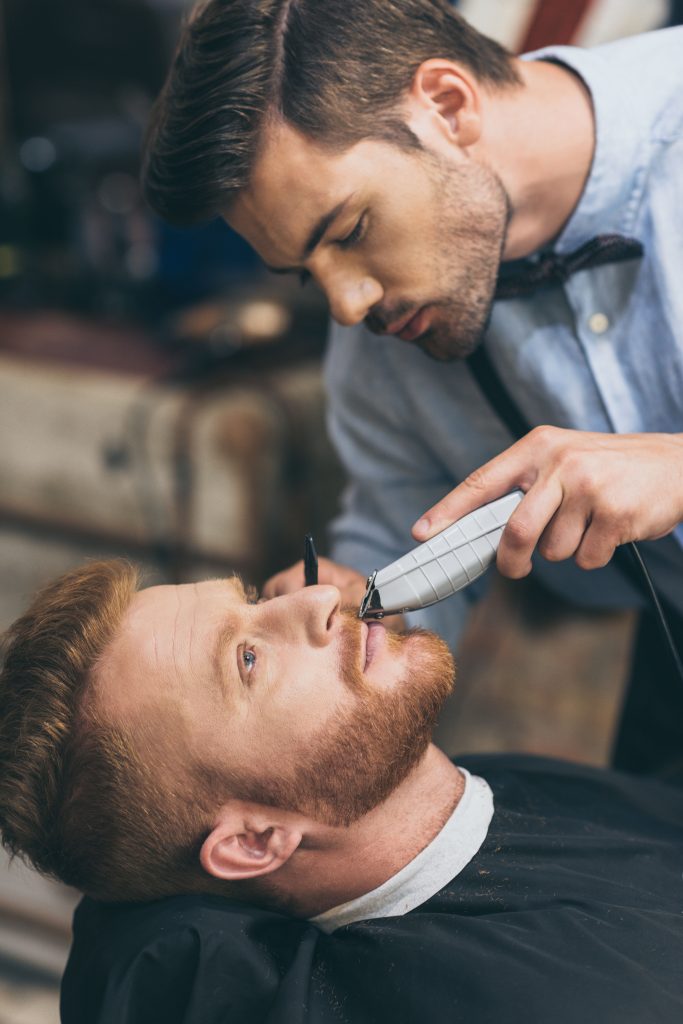
Step 3: Trimming and Shaping
Trimming and shaping your beard is also crucial for maintaining a well-groomed appearance. It involves using the right tools and techniques to achieve a neat and stylish look. Here are some key tools you’ll need: trimmers for precision cutting, scissors for detailing, and razors for clean edges.
- To get started, follow these techniques for trimming and shaping:
- Use a good trimmer to outline your desired beard shape.
- Trim in the direction of hair growth to avoid irritation.
- Use scissors for detailing and cutting stray hairs.
- Shave the neckline and cheek lines with a razor for a sharp, clean look.
- For different beard styles, consider the following tips:
- Short beards: Keep the sides short and trim regularly to maintain a neat look.
- Full beards: Shape the edges and trim for a balanced, even appearance.
- Goatees and mustaches: Pay close attention to symmetry and use a razor to define the lines.
Step 4: Moisturizing and Hydrating
Moisturizing and hydrating are vital steps in maintaining a healthy and vibrant beard. Beard oils and balms are essential as they keep your beard soft, reduce itchiness, and help prevent dryness and dandruff. When selecting the right products, look for natural ingredients that promote hydration, such as jojoba oil, argan oil, and shea butter. Avoid products with harsh chemicals that can strip the natural oils from your beard.
Here’s how to apply beard oils and balms effectively:
- Choose the right product based on your beard’s needs (oils for lighter moisture, balms for deeper hydration and hold).
- Apply a few drops of beard oil or a small amount of balm into your palms.
- Rub your hands together to distribute the product evenly.
- Massage the oil or balm into your beard, starting from the roots and working towards the tips.
- Ensure even coverage by using a beard comb or brush to distribute the product throughout your beard.
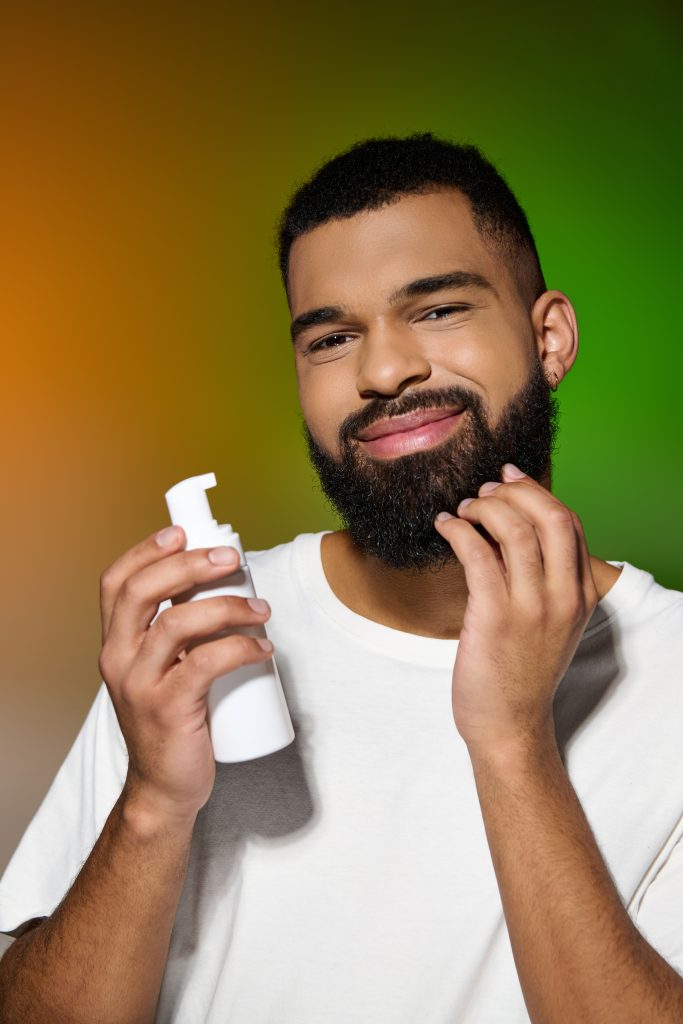
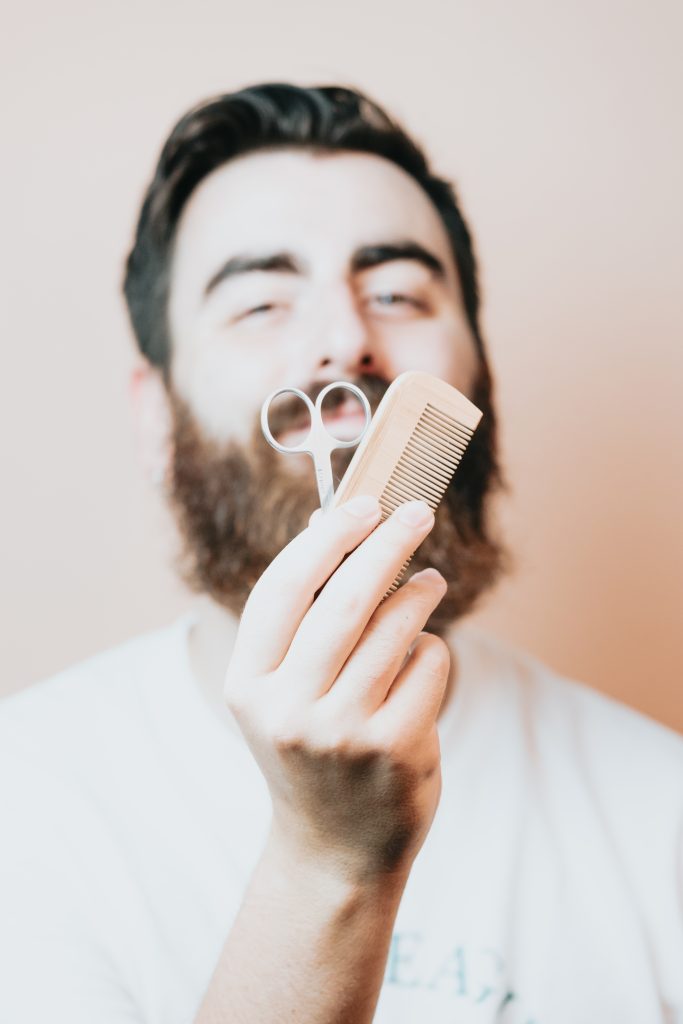
Step 5: Brushing and Combing
Regular brushing and combing are crucial for maintaining a well-groomed and healthy beard. These actions help to distribute natural oils evenly across your beard, reduce tangles, and promote healthy growth. Additionally, it’s also important to remove any dirt and impurities that may have accumulated throughout the day.
There are various types of brushes and combs available:
- Boar bristle brushes: Excellent for distributing oils and giving your beard a smooth finish.
- Wide-tooth combs: Great for detangling without pulling or breaking hairs.
- Fine-tooth combs: Ideal for styling and precision work.
Here are the steps to properly brush and comb your beard
- Start with a clean beard, either freshly washed or lightly misted with water.
- Begin with a wide-tooth comb to detangle any knots gently.
- Use a boar bristle brush to distribute oils evenly, starting from the roots and working towards the tips.
- Finish with a fine-tooth comb for styling and shaping.
Step 6: Treating Common Beard Issues
Dealing with common beard issues like itchiness, dryness, and dandruff is also essential for maintaining a healthy and comfortable beard. These problems can be annoying, but with the right care, they can be managed effectively.
Here are some recommended treatments and products:
- Itchiness:
- Hydrate with beard oils containing natural ingredients like jojoba and argan oil.
- Use a gentle beard shampoo to cleanse without irritating the skin.
- Dryness:
- Apply beard balms that contain moisturizing agents like shea butter and coconut oil.
- Increase hydration by drinking plenty of water and using a humidifier in dry environments.
- Dandruff:
- Use anti-dandruff beard shampoos specifically formulated for facial hair.
- Exfoliate the skin beneath your beard with a soft brush to remove dead skin cells.
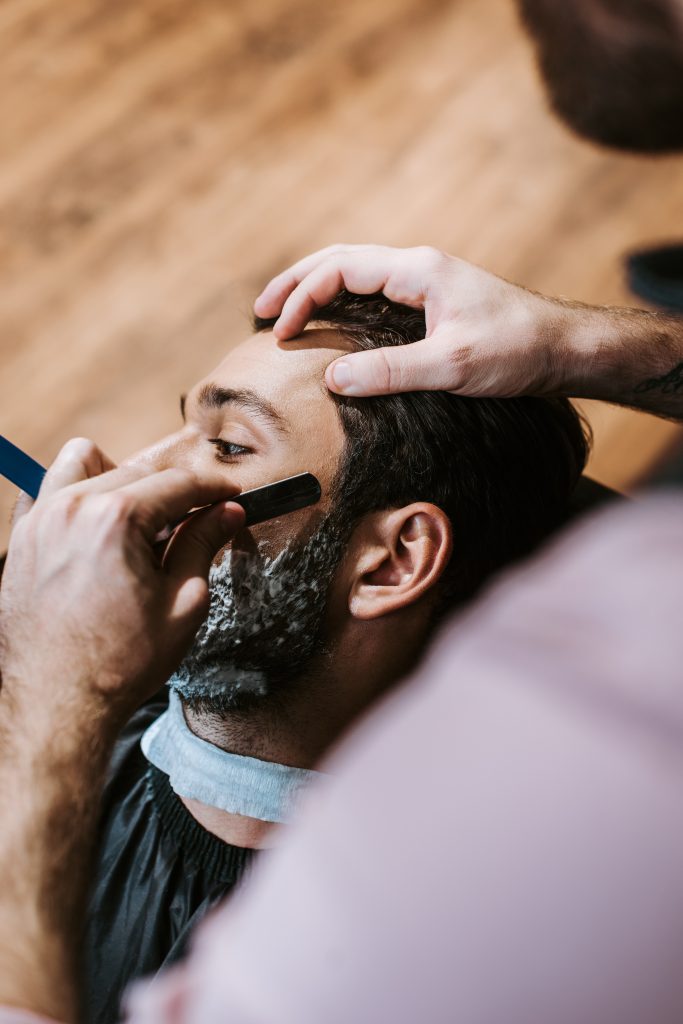
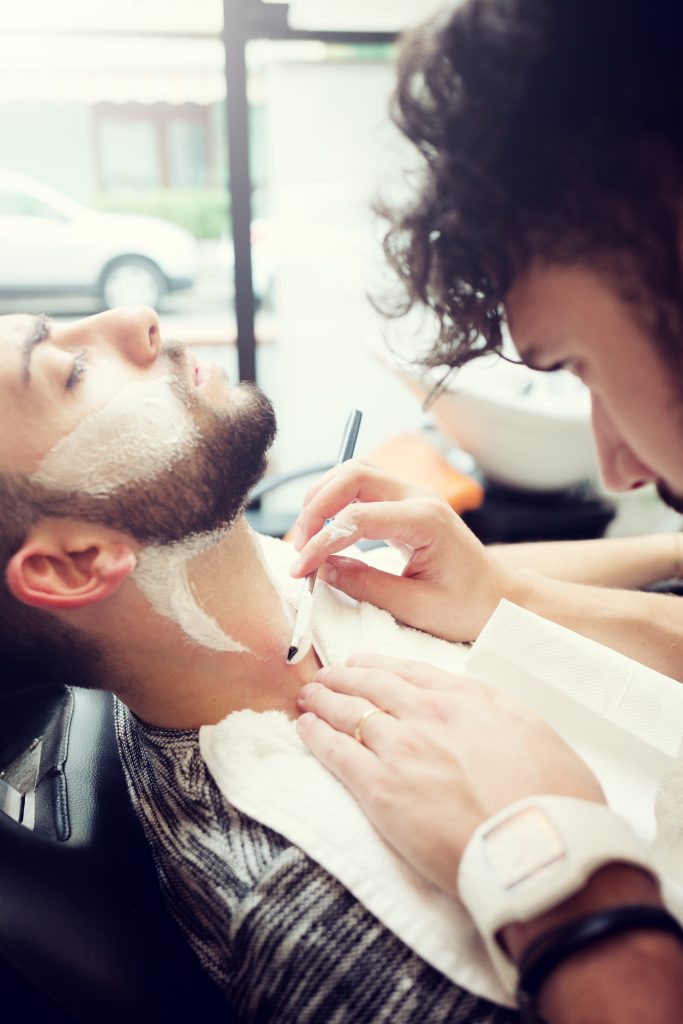
Step 7: Maintaining Beard Health
Maintaining beard health goes beyond regular grooming; it also involves paying attention to your overall lifestyle. A healthy diet, proper hydration, and good lifestyle habits all play crucial roles in promoting beard growth and keeping your beard in top condition.
Here are some tips to consider:
- Healthy Diet:
- Eat protein-rich foods like lean meats, fish, eggs, and legumes to support hair growth.
- Include vitamins and minerals such as biotin, vitamin E, and zinc in your diet, found in nuts, seeds, and leafy greens.
- Importance of Hydration:
- Drink plenty of water to keep your skin and beard hydrated from within.
- Avoid excessive caffeine and alcohol as they can lead to dehydration.
Step 8: Final Grooming Tips
It’s also important to keep your beard looking fresh throughout the day with some final grooming tips. Regular maintenance and quick touch-ups can make a significant difference, ensuring that your beard remains well-groomed and stylish.
Here are some tips:
- Keeping Your Beard Fresh:
- Carry a small beard comb or brush for quick touch-ups.
- Use a light beard oil or balm during the day to maintain moisture and control.
- Quick Touch-Up Techniques:
- Trim stray hairs with a pair of small scissors for a neat appearance.
- Apply a bit of beard wax to tame any unruly parts of your beard.
- Styling Tips for Special Occasions:
- Use a beard shaping tool to define clean lines and edges.
- Experiment with different styles using beard gel or wax to achieve a polished look.
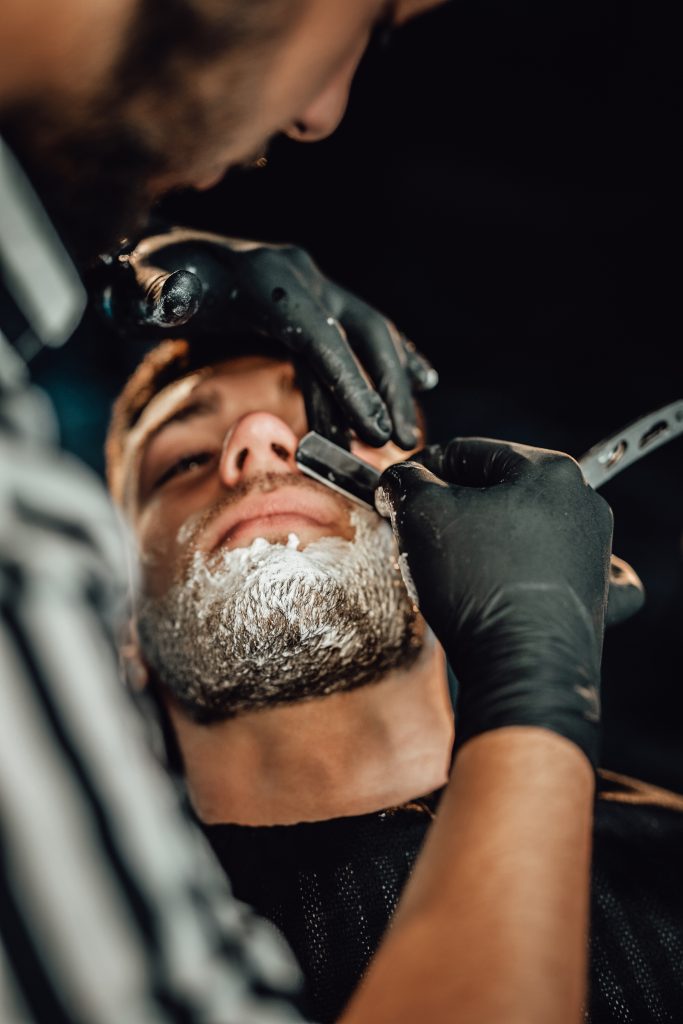
FAQ
Can I use regular hair shampoo on my beard?
It’s recommended to use beard-specific shampoos as regular hair shampoos can be too harsh and strip away the natural oils from your beard.
What’s the difference between beard oil and beard balm?
Beard oil is lighter and primarily used for moisturizing and reducing itchiness, while beard balm is thicker, providing moisture and hold for styling.
How do I deal with beard dandruff?
Use an anti-dandruff beard shampoo and follow up with a conditioner. Regularly applying beard oil can also help keep the skin hydrated and reduce dandruff.
How can I make my beard softer?
Regularly wash, condition, and moisturize your beard using beard oils and balms. Brushing and combing also help distribute natural oils, making your beard softer.
How can I prevent my beard from getting too frizzy?
Using beard oil or balm can help tame frizz by moisturizing your beard and keeping the hair soft. Regularly brushing your beard with a boar bristle brush also helps to smoothen it.
How do I deal with split ends in my beard?
Regularly trim the ends of your beard to remove split ends. Keeping your beard moisturized with oils and balms can also help prevent them.

